Why do we cup coffees?
When you think about it, coffee cupping is a peculiar practice. It’s essential to parsing a coffee’s profile, yet it’s not how most people routinely drink coffee (unless it is, in which case, you keep doing you). After all, winemakers don’t reserve a specialized ritual for tasting wine, extra fancy swirling aside. The same goes for beer, spirits, tea - for the most part, you analyze in the same manner that you drink, just with added note taking.
This seems to make sense: shouldn’t coffee be judged based on how it’s actually served or consumed? Can’t you just pull a shot or brew a drip and score it that way?
While there’s nothing wrong with just brewing it, if you really want to get to know a coffee, you do indeed need to take a few more steps - i.e. you’ve got to cup it. Coffee professionals around the world have been cupping coffees for a long time - since the late 19th century, in fact - because there are some key advantages that cupping has over the usual brewing methods.
Read on to learn why you should make coffee cupping a regular practice and learn how Tastify can help you improve your cupping skills!
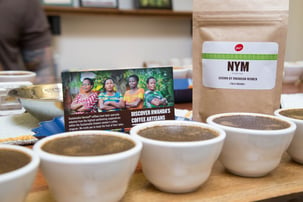
Taste more efficiently
Let’s start with the obvious: depending on how many coffees you want to cup in any one session, it could take a very long time to brew espressos or make pour overs one after the other. At the very least, that would take considerably longer than how long you would spend cupping.
But let’s say you wanted to analyze just a single coffee. Just one coffee, one roast profile. Is cupping still the better brewing option for objective coffee flavor evaluation?
The truest way of tasting a coffee
Think about all steps that go into making an espresso: first, you grind coffee into a portafilter. Then you have to distribute the coffee bed - as evenly as possible - before carefully tamping it. You lock the portafilter into a grouphead, which needs to be purged of water just moments before, and then you immediately engage the pump to start the flow of water. If you’re lucky, you’ll have an espresso machine that automatically cuts the shot at a pre-programmed point, either by output espresso weight or input water volume. If not, you have to perfectly time the exact moment to stop the shot.
Compare that process to cupping: grind coffee into bowl, add water, let sit, skim off floating grounds, and you’re good to start slurping.
Coffee cupping is, by far, the simplest way to brew coffee. The advantage to this simplicity? Cupping is easily repeatable and consistent - from cup to cup and from session to session. Anyone who’s ever been behind the bar knows how maddeningly difficult it can be to pull the exact same shot twice or brew the same pour-over back to back. With a cupping, there are far fewer differences and brewing inconsistencies between cups that could influence how coffees taste.
But again: what if you’re not preparing numerous coffees? Should you still cup? If you want to train your palate and get better at tasting coffee, the answer is yes.
.png?width=300&name=Hubspot%20Tastify%20-%20Case%20Study%20-%20Logo%20(1).png)
Cupping is arguably the most transparent way of brewing coffee; i.e., you taste the coffee and not the brewing method. This doesn’t necessarily mean that it’s the tastiest way to brew a coffee (although sometimes it is); rather, cupping gives you the most honest impression of your coffee’s flavor profile. Think of it as a pre-edited raw image file or listening to a song on flat studio monitors without any EQ.
It’s easier to perceive individual flavor notes with more clarity and precision when cupping. With practice, notes will taste separated and distinct. Cupping provides invaluable insight if you’re a roaster since knowing a coffee’s strengths and weaknesses could inform how you profile a roast to possibly highlight or hide certain flavors. For example, if a coffee tastes aggressively bright, you might consider developing your roast a little further to temper the acidity and bring out more sweetness.
The same goes if you’re a barista: you might conclude from a cupping that a coffee would benefit from being brewed using cone-shaped brewers, which tend to enhance the perception of acidity, in order to bring out the citrus-y notes that you noticed.
If you’re in quality control, cupping a coffee is the best way to detect off-flavors or defects for the same reasons.
Use Tastify to improve your cupping skills
Be sure to take advantage of these Tastify features designed to improve your palate and sharpen your cupping skills.
Find that note with the flavor wordbank
For most coffee professionals, one of the toughest skills to develop is knowing how to describe what you’re tasting with accuracy and confidence. Even experienced cuppers often struggle to find just the right descriptor.
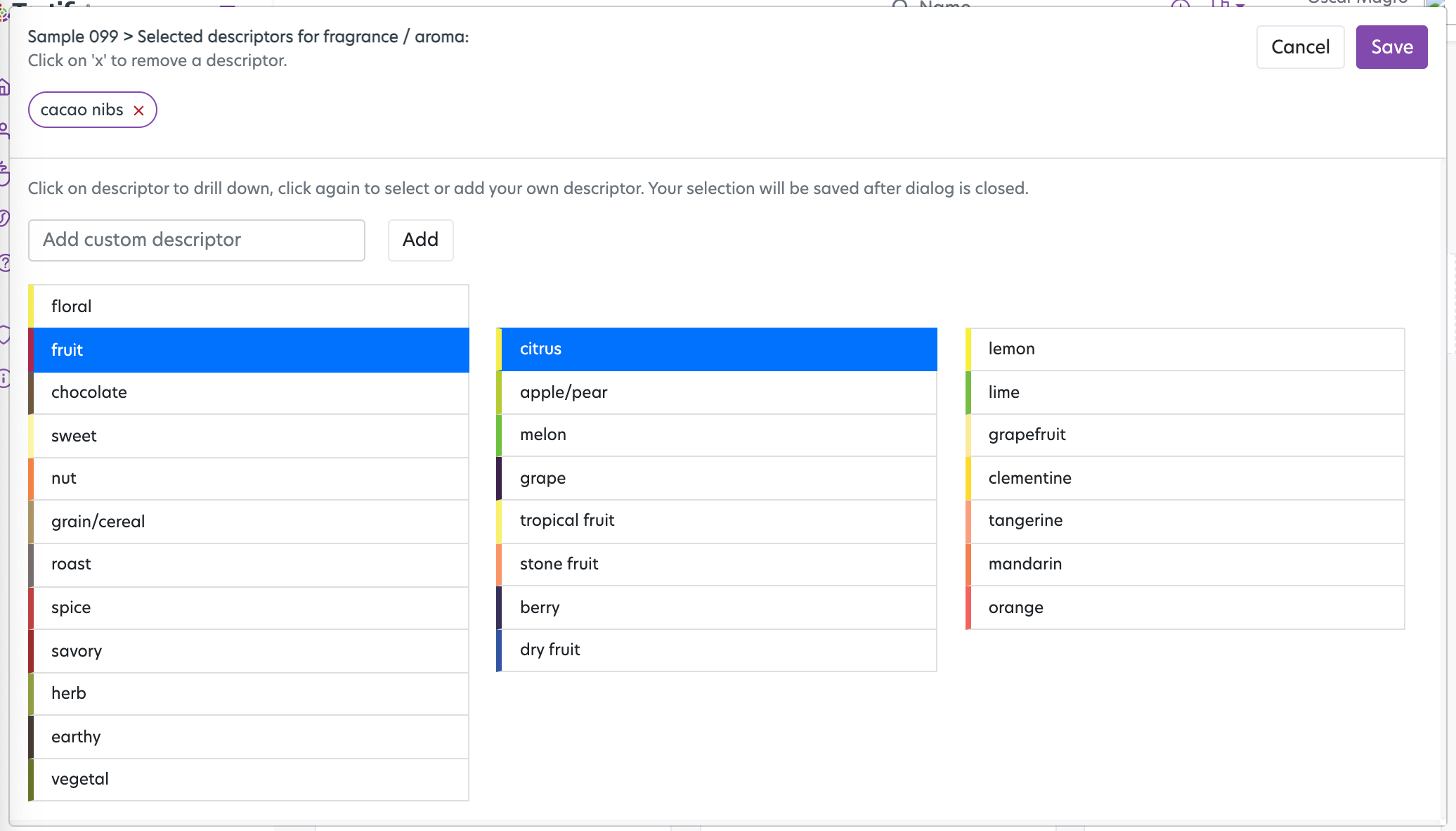
If you ever find yourself racking your brain trying to summon something a little more nuanced than “cocoa” or “orange”, the flavor wordbank has you covered. We’ve loaded it with hundreds of flavor notes spanning the entire coffee flavor spectrum so there’s a good chance you’ll always be able to find the exact note you’re looking for. If a particular note isn’t there, you can always add your own custom notes (like “apple pie” or “that sweet malty flavor that lingers after you wash down a KitKat bar with milk”) to use in the future.
The best way to become an expert cupper - besides cupping as often as you can - and expand your palate is to simply taste as many different foods and beverages as you can find. So get out there, be adventurous, try something new and make sure to log those flavors in your wordbank!
Use cupping reports to test yourself
At the end of each cupping session, Tastify will automatically generate a report with a summary of all the information that was entered about that coffee, from technical info to flavor descriptors. One of the best ways to see how you’ve progressed as a cupper is to compare reports, and you can easily do this using Tastify’s search and sort function to bring up coffees you’ve cupped in the past.

Try comparing coffees you’ve cupped from similar regions and see if you notice any patterns. For example, you might find that you often attribute notes of caramel or apple to washed coffees from Guatemala or that you often describe natural Ethiopian coffees as tasting like blueberry cupcakes (or is that just us?).
And then test yourself! Get a friend to help you set up a blind cupping of 5 coffees each from a different country. Start with just identifying the country and pick coffees from countries that you’ve cupped plenty of times before. The key is to lock into your brain those distinct notes that you’ve repeatedly and distinctly identified: apples for Guatemala, pear and honey for Honduras, roasted almonds for Brazil, etc.
As you get better, narrow in your range, like cupping 5 coffees from different regions in one country, or test yourself on different processing methods. Keep up the practice and you’ll be cupping like a pro in no time.
This article is written by Andrew Ho and reviewed by Ivan Hartanto
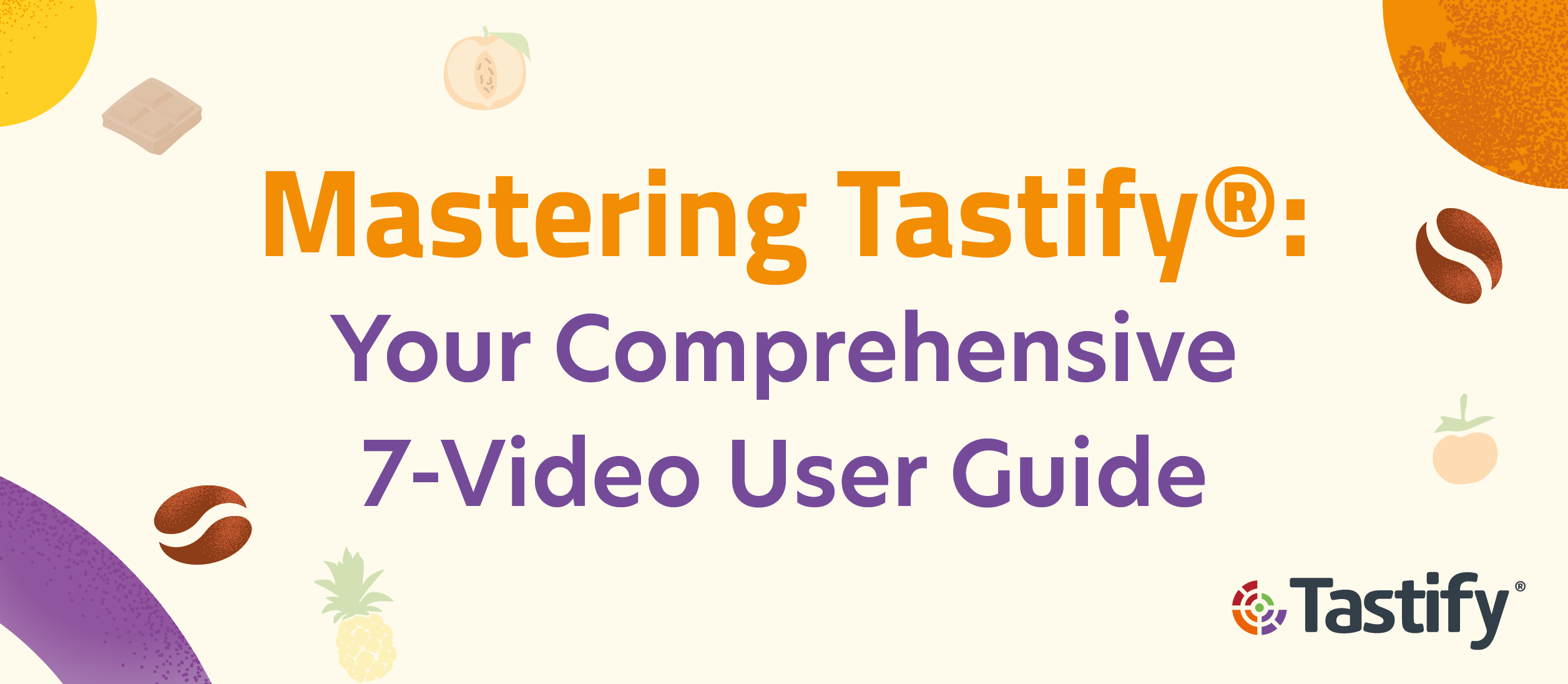


.png?width=300&name=Hubspot%20Tastify%20-%20Case%20Study%20-%20Logo%20(1).png)

.png)
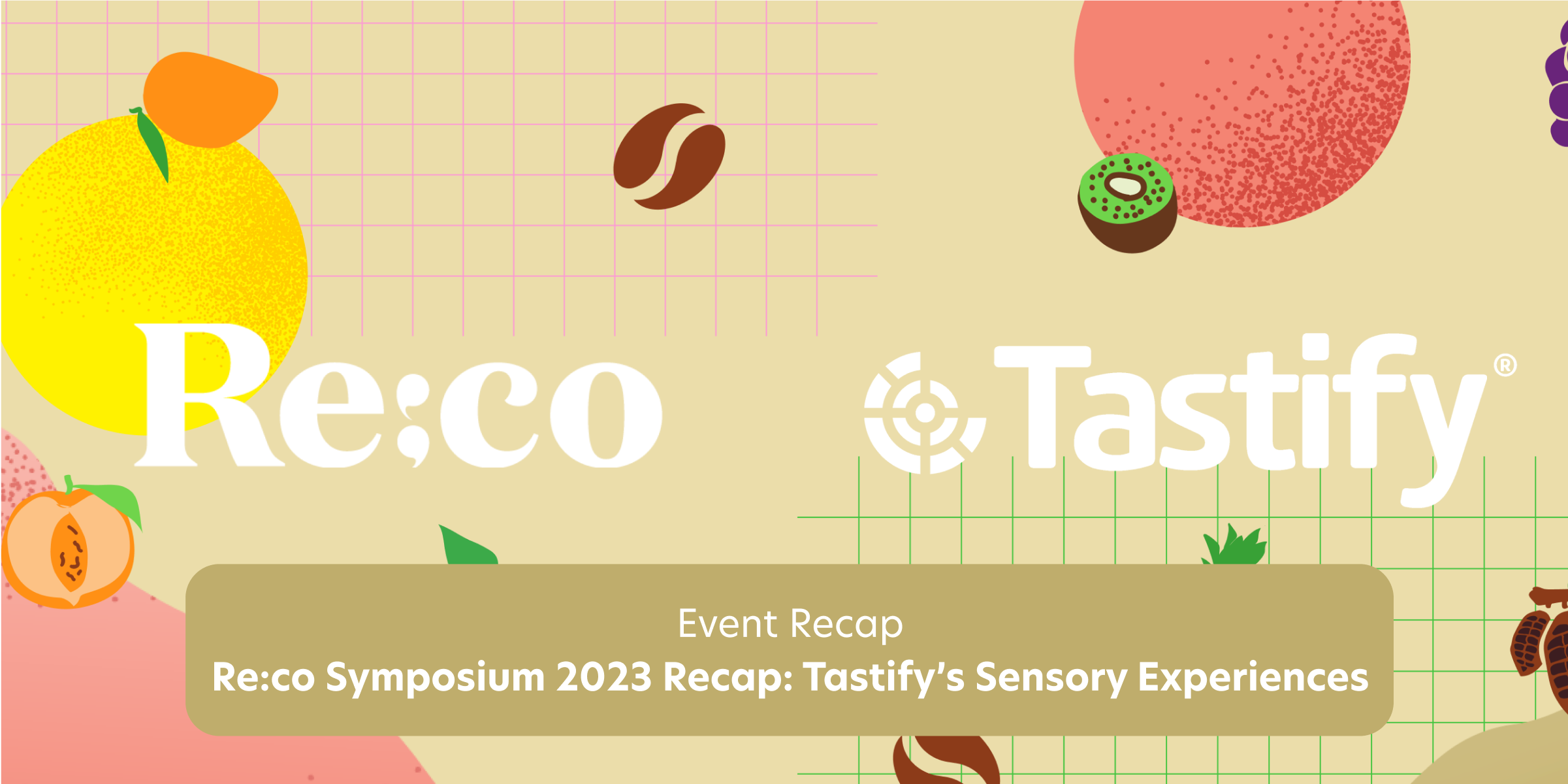
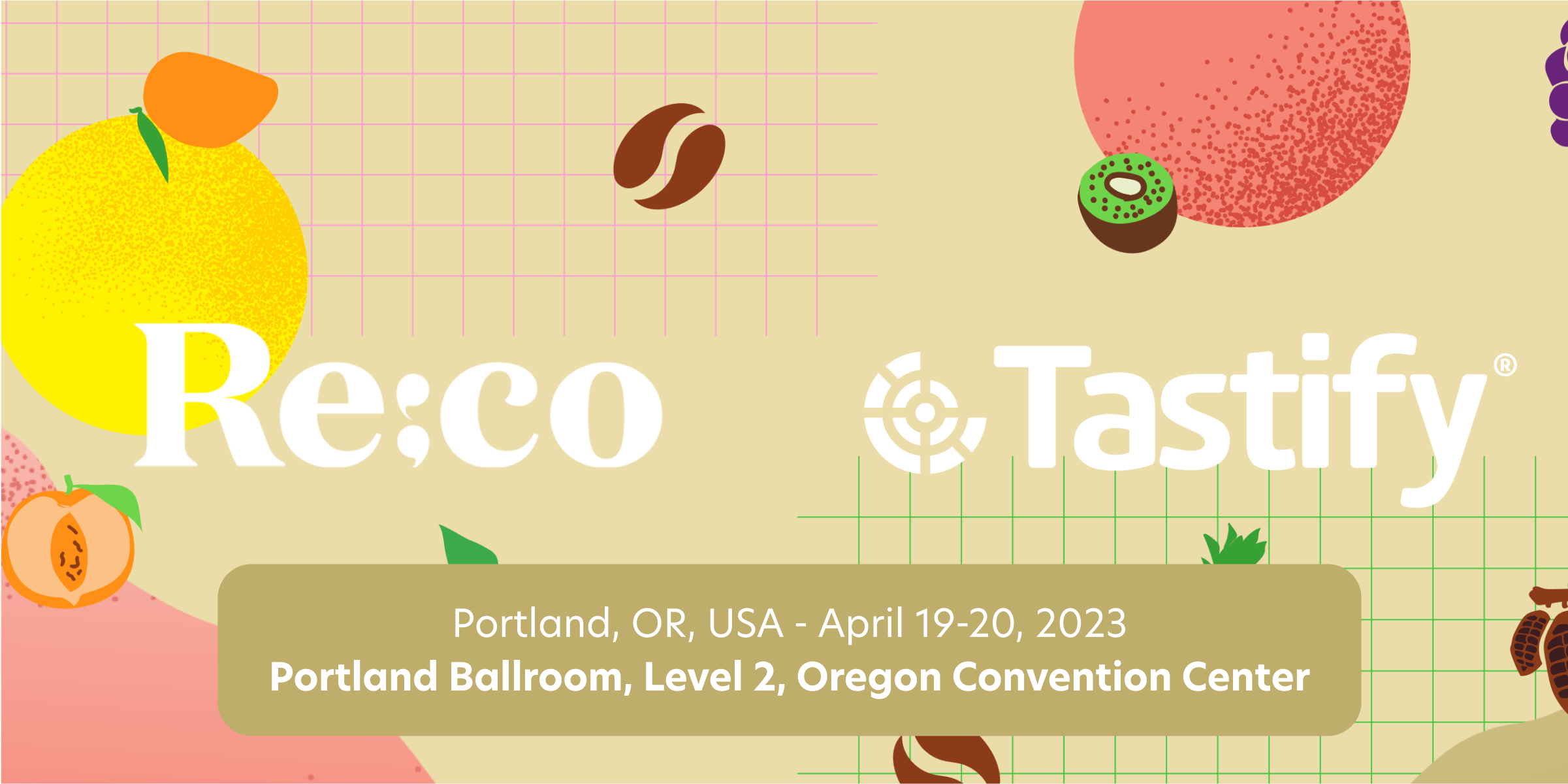

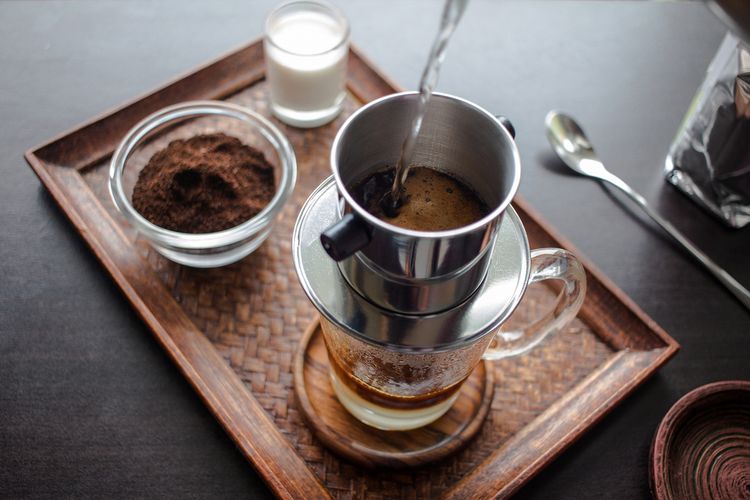

Comments